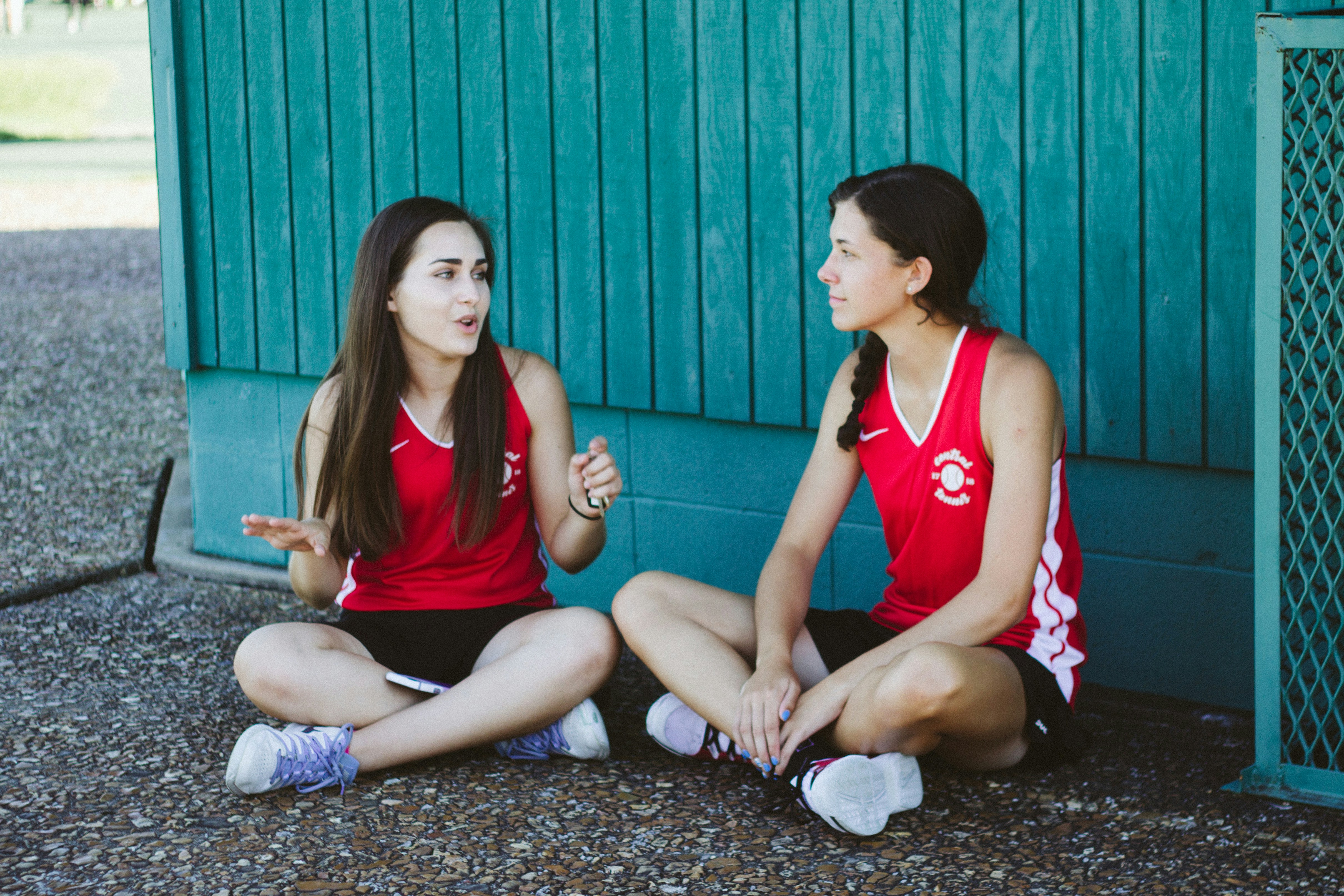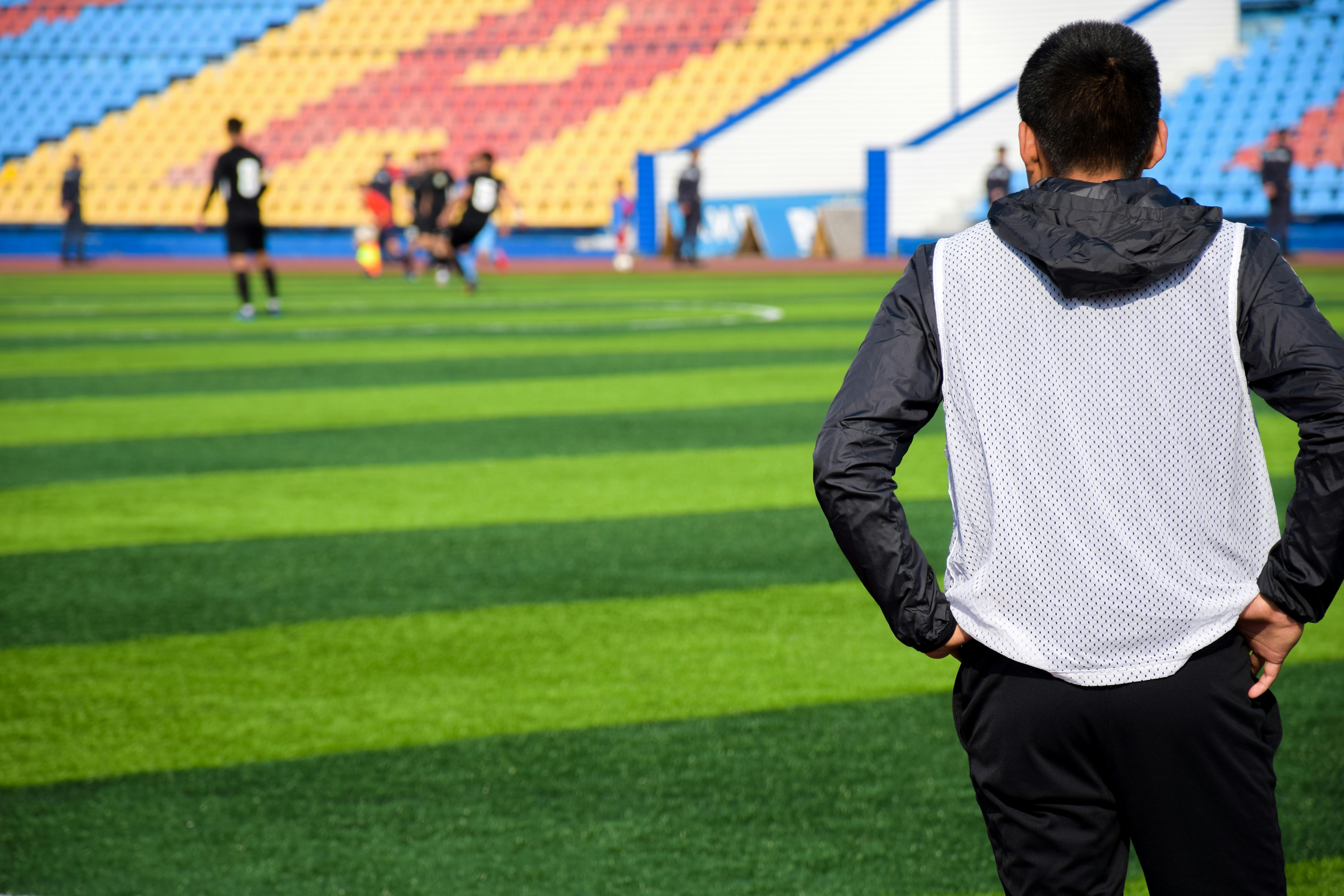The Silent Game: Unveiling Non-Verbal Cues in Sports Dynamics
Non-verbal communication has often been seen as the unspoken force behind successful teams, silently guiding players towards greater synergy and performance. In the world of sports, where every gesture counts, understanding these subtle cues can dramatically influence the outcome of games. The intricate dance of body language, facial expressions, and even silence all come together to create powerful dynamics within sports teams. How do these elements shape teamwork, morale, and ultimately, victory? Join us as we delve deep into this fascinating aspect of sports news and analysis—the silent game of non-verbal communication.
Understanding Non-Verbal Communication in Sports
Non-verbal communication encompasses a wide range of signals: gestures, posture, eye contact, and even the absence of sound can profoundly impact how athletes and coaches interact. This aspect of communication often goes unnoticed, yet it accounts for a substantial part of the messages conveyed within a team.
Consider a basketball team transitioning from offense to defense. The coach’s body language—whether poised or tense—sends signals about their confidence in the game plan. Similarly, a player's unenthusiastic posture can dampen the team spirit, while a confident stride can uplift morale.
According to research published in the Harvard Business Review, non-verbal cues can explain up to 93% of communication effectiveness in certain contexts. In high-pressure sports scenarios, this insight rings particularly true. For sports professionals and teams alike, mastering the nuances of non-verbal communication can lead to more cohesive and effective performances on the field.
The Dynamic Role of Body Language
Body language plays a crucial role in team dynamics and communication during gameplay. Players often rely on unspoken cues to judge the game context, their teammates' emotional states, and the overall team morale. For example, a confident athlete may stand tall with an open posture, signaling readiness and positivity, even before a critical play.
Conversely, crossed arms, a lowered head, or lack of eye contact can indicate insecurity or defeatism. Such non-verbal signals may resonate with teammates, leading to a ripple effect. Active coaches might recognize a need to address feelings of disconnectedness among players.
One illustrative example of effective body language is the famous "Jumpman" logo from Michael Jordan. The image symbolizes not just the physical prowess of an athlete, but also the motivational impact body language can have in the world of sports. As outlined in our blog post on "The Invisible Workforce: How Unsung Heroes Drive Sports Success," even subtle gestures can fuel team morale and strategy execution.
The Importance of Eye Contact and Facial Expressions
In high-stakes competition, eye contact serves as an essential communicative tool. A glance exchanged between players might convey support, a cue to make a move, or simply acknowledgment during intense moments. This spontaneous interplay fosters cohesion, allowing teams to synchronize without words.
Facial expressions also act as indicators of an athlete's emotional state. A crooked smile or a determined frown can immediately shift the atmosphere in the locker room or on the court. Research has shown that athletes often look to one another for reassurance during tough moments, making facial expressions pivotal in building team resilience.
Consider how a quarterback can scan the confidence—or lack thereof—on their offensive line's faces. The reactions of teammates in pivotal moments define the outcome, reflecting the collective psyche.
The Unseen Influence of Coaching Styles
Coaches often serve as powerful models of non-verbal communication. From demonstrative gestures to subtle nods, a coach’s actions resonate with players. A pat on the back can reinforce trust, while slumped shoulders might indicate frustration or lost faith in the team.
The link between a coach's body language and team performance is substantial. Coaches who are conscious of their non-verbal communication tend to inspire more confidence within their players. The alignment of verbal commands with positive body language creates a powerful motivational tool.
Incorporating this understanding into practice sessions can heighten the effectiveness of training. Coaches should prioritize fostering environments where body language pairs harmoniously with verbal cues.
Active Listening and Its Non-Verbal Dimensions
Active listening extends beyond mere hearing; it requires understanding and responsiveness, often communicated through non-verbal cues. Athletes who engage in discussions with coaches or teammates should demonstrate attentiveness through body positioning and facial expressions.
An engaged athlete may nod, maintain open body language, or even lean forward slightly. These gestures not only solidify understanding but also build rapport among team members, enhancing trust. Practicing active listening fosters an environment where team dynamics thrive, as seen in our article on "The Psychology of Sports: Sacrifice, Managing Mental Health, Relationships."
Trust and Connection: Building Rapport
Trust is the bedrock of successful teams, and non-verbal communication is instrumental in establishing this rapport. Teams with strong interpersonal relationships often exhibit consistent non-verbal engagement, such as positioning themselves closely during huddles or subtle shared glances that communicate strategy.
In a study published in The Journal of Sport & Exercise Psychology, researchers found that effective teams possess members who are adept at reading non-verbal cues and exhibiting vulnerability through their body language. Emotional intelligence, therefore, plays a significant role in cultivating an environment where players feel united and understood—a principle echoed in our blog post, "Voices from the Sidelines: How Team Psychologists Elevate Performance."
The Power of Silence in Team Dynamics
Silence, often overlooked, carries meaning in high-pressure scenarios. Consider a strategic timeout: the absence of chatter can create an atmosphere of contemplation as players process the game and formulate a plan.
This moment of quiet can also serve as a breeding ground for non-verbal communication. Players may exchange glances, raising eyebrows to signal agreement, strategy alignment, or even solidarity before heading back into play. Silence offers space for individuals to reflect and register the collective heartbeat of their team.
The Role of Environment and Context
Wind down to a more subtle aspect—the impact of environmental dynamics on non-verbal communication in sports. Take, for example, the acoustics of a packed stadium. The energy of the crowd can dictate a player’s non-verbal responses. When surrounded by roaring fans, a sports team may convey increased confidence, amplifying their effectiveness.
In contrast, a quieter venue, such as a practice facility, allows clarity in communication but may also expose vulnerabilities. Players might find it easier to read each other’s non-verbal cues in low-stakes situations, preparing them for high-pressure environments.
Overcoming Challenges: Misinterpretations and Misalignments
Despite the power of non-verbal cues, miscommunication can lead to misunderstandings. An athlete may read a teammate’s body language wrongly, interpreting fatigue when the reality is strategic thinking in progress. Such errors underscore the importance of creating a culture where open dialogue exists alongside non-verbal cues.
Coaches must encourage athletes to seek clarification when signals seem confusing. Acknowledging the unique interpersonal dynamics within teams can help mitigate the adverse effects of misalignment. This facet mirrors our findings in "The Hidden Impact of Music on Athletic Performance: Unleash Potential," where understanding emotion shapes performance.
Enhancing Non-Verbal Skills: Practical Tips for Teams
-
Workshop Training: Create training sessions specifically focused on developing non-verbal skills. Role-playing and observation exercises can reinforce team chemistry.
-
Mentoring Programs: Pair less experienced players with veterans who can model effective non-verbal communication techniques to build trust and rapport within the group.
-
Feedback Loops: Foster a feedback culture where players can reflect on each other’s non-verbal communication styles and their impact on team dynamics.
-
Team Huddles: Regularly engage in brief pre-game check-ins that focus on utilizing positive body language and non-verbal cues to align on strategy and morale.
-
Reflection Sessions: Encourage players to share their perceptions of past games focusing on specific moments where non-verbal communication played a key role in the outcomes.
Final Thoughts
In the world of sports, thriving hinges not just on physical prowess but on the seamless intertwining of verbal and non-verbal communications. The silent game is powerful, shaping team dynamics that can lead to extraordinary success or missed opportunities.
By understanding the intricacies of non-verbal cues, athletes and coaches alike can harness an often-underappreciated avenue of teamwork and performance. As you reflect on your engagement with sports—whether as an athlete, coach, or fervent fan—consider the impactful role of these silent signals in shaping success. To explore more insights, check out our related articles, including The Psychology of Sports: Sacrifice, Managing Mental Health, Relationships and The Impact of Crowd Psychology on Game Outcomes: Fan Behavior Explained.






